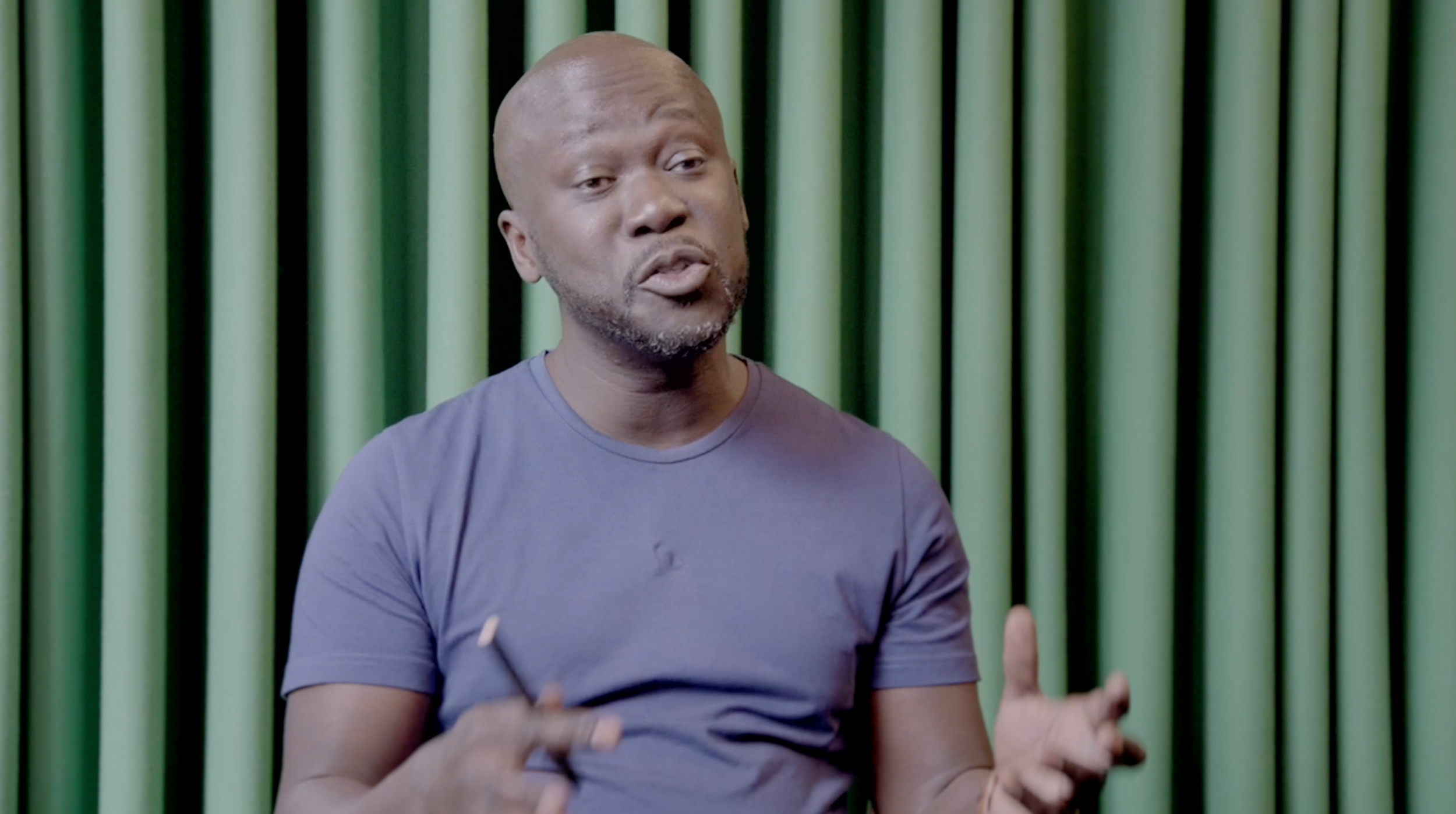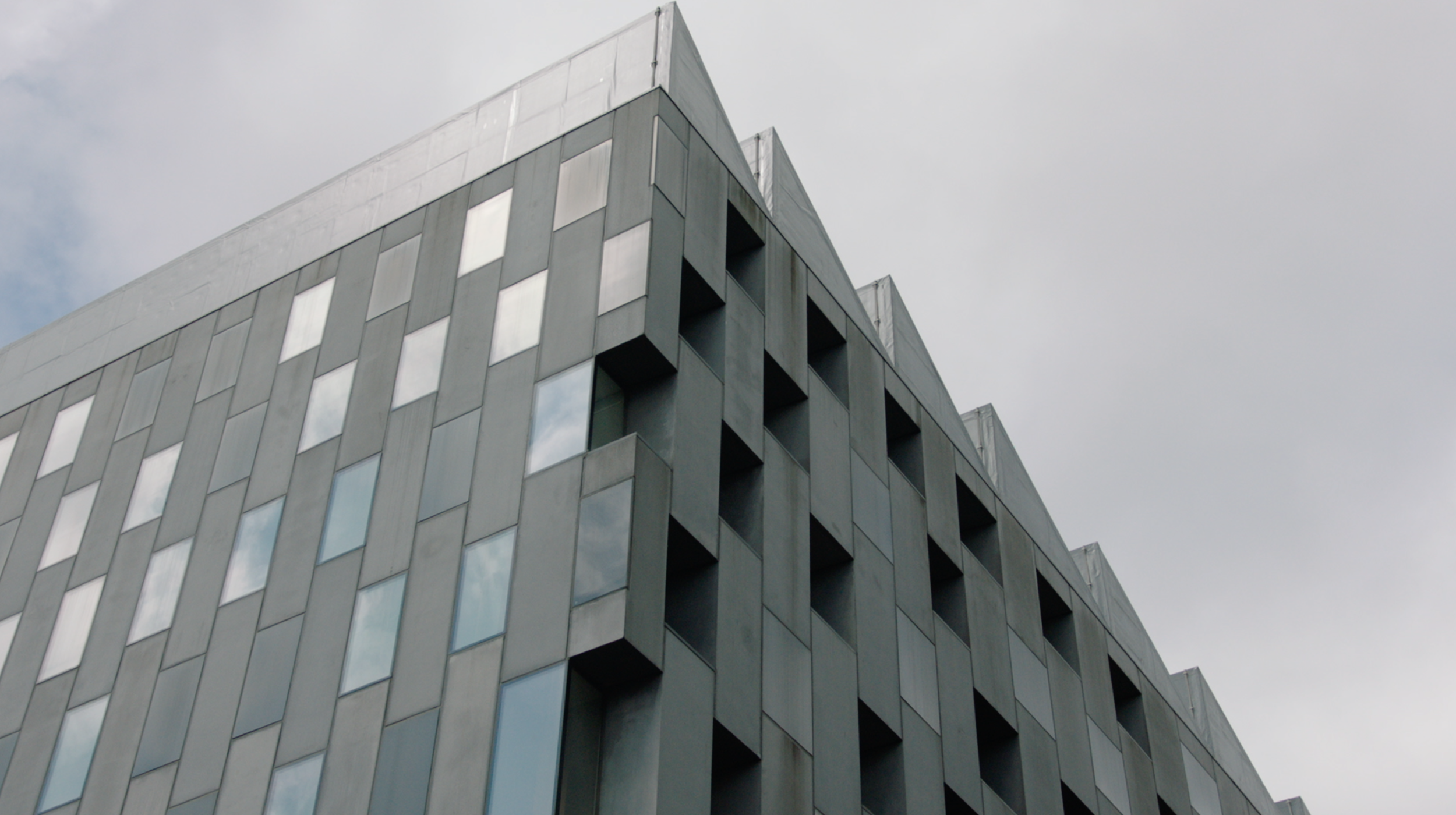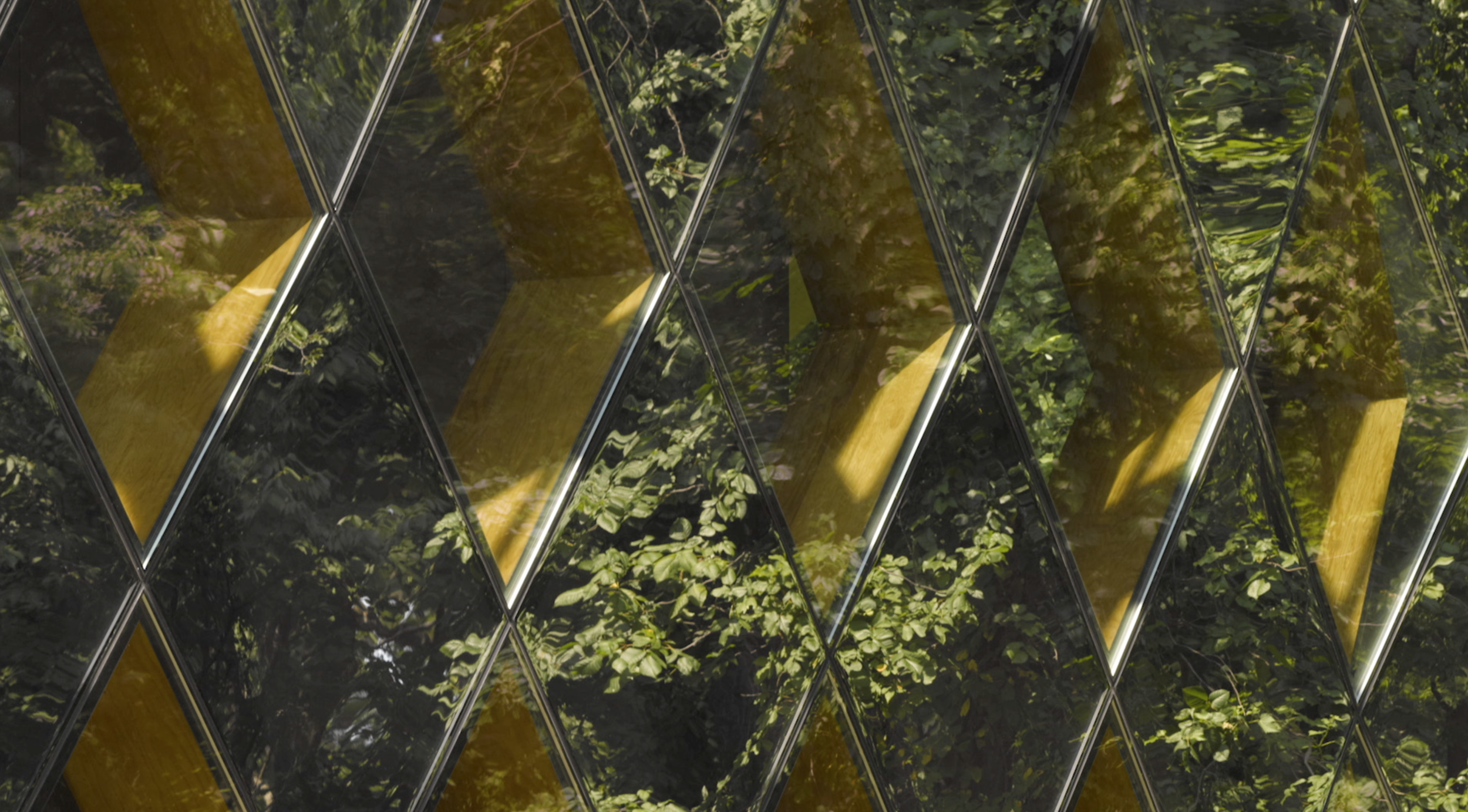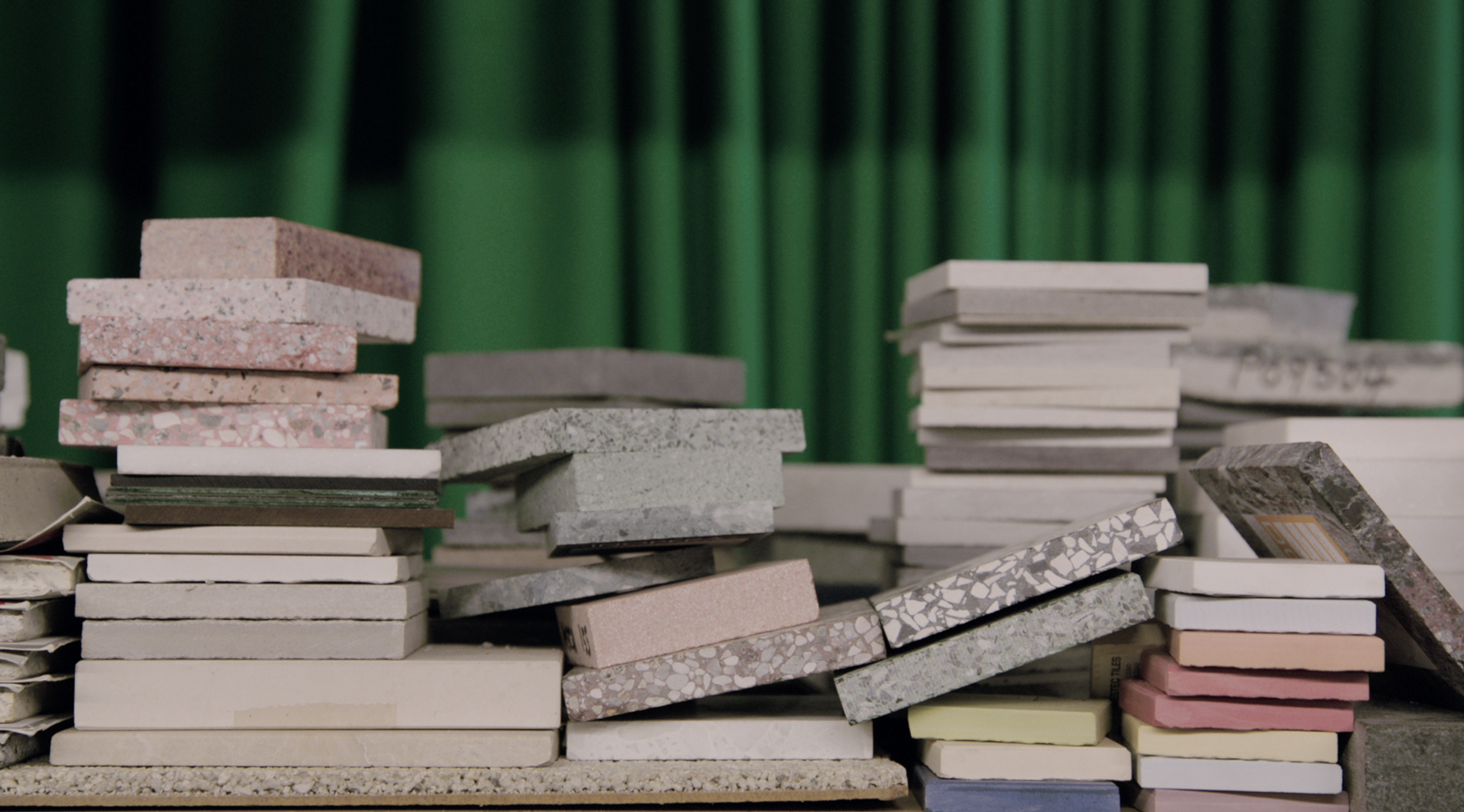Design Matters: architect David Adjaye on the destructive processes involved in building, and why he thinks mud is a good thing.
Design Matters: The Elements
Material: David Adjaye
“Architecture is one of the most labour-intensive, most abusive sort of processes on the planet. And it also happens to be one of the most fundamental things we make as human beings.” We visited the architect David Adjaye in his London studio and discussed the importance of science and digital technology in making materials smarter, responsive and more ecological.
Shelter
Shelter is as vital to human life as clean water and food are. Yet, building the structures we've come to depend on, be they homes, workplaces, infrastructure and cultural spaces, can be an “abusive” process in our colonisation of the planet, as David Adjaye describes in an edition of B&O PLAY and Frieze magazine’s Design Matters: The Elements video series.
How to make this process less detrimental to the environment? This is a question that absorbs the Tanzanian-born, London-educated architect – who was recently included in Time magazine's prestigious "100 most influential people of 2017" list for his trailblazing work. It has led Adjaye right back to a substance that would have been used to construct some of the earliest structures created by humans – mud.
““We live in a world where we should be thinking about changing certain practices, and giving up certain lifestyles””









